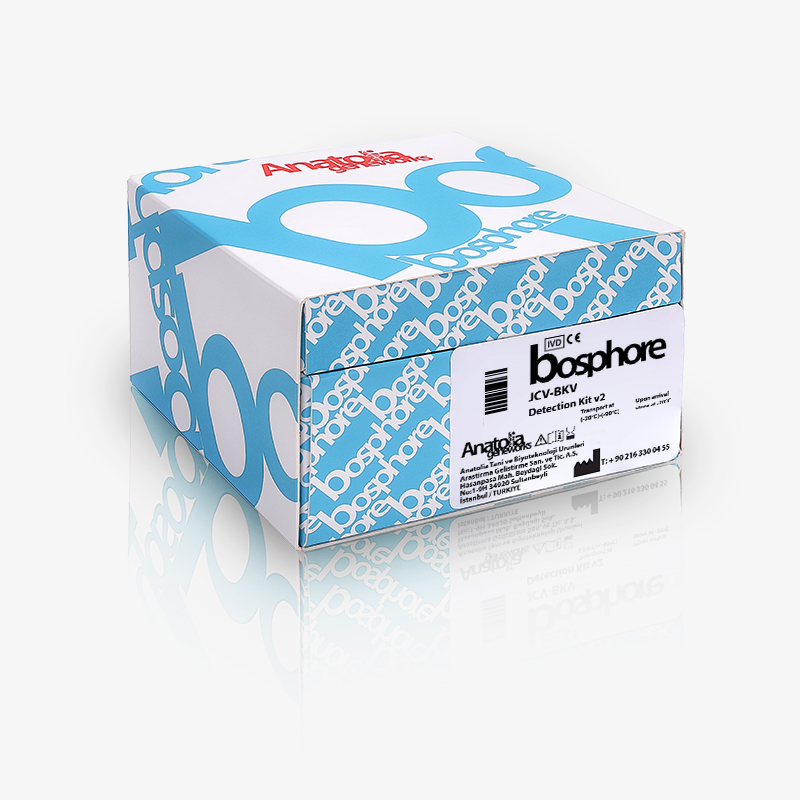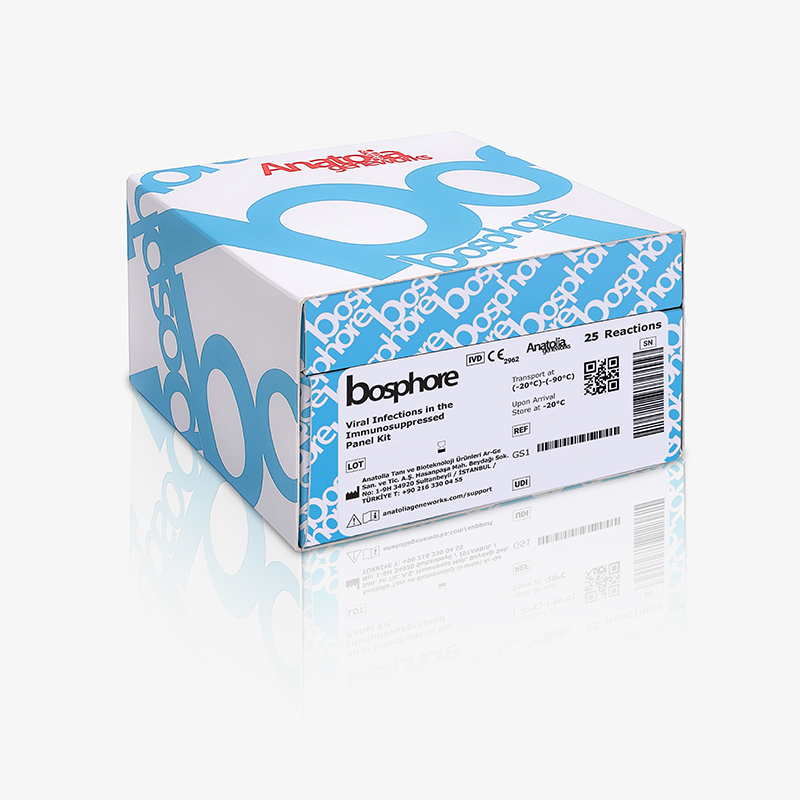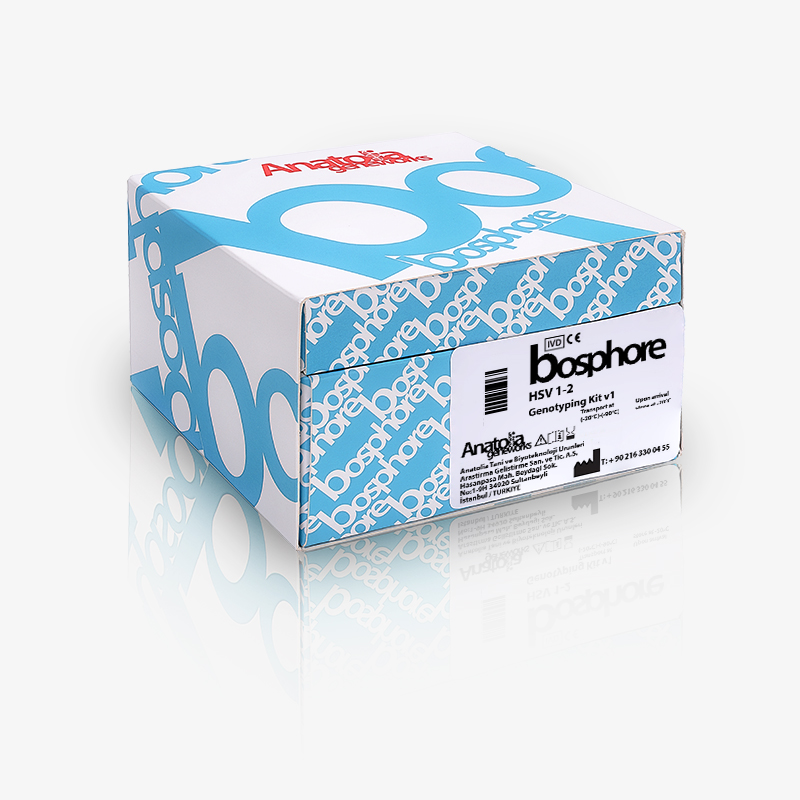Causative Agents
BK and JC viruses (BKV and JCV) are Polyomaviruses belonging to Polyomaviridae family. BKV and JCV are composed of an icosahadral viral particle (virion) containing 5000 base pair double-stranded circular DNA molecule and surrounded by a protein capsid. These viruses do not possess a lipid envelope. BKV and JCV infections are asymptomatic as they remain latent in about 90% of the main human population and may lead to infections resulting in severe diseases such as hematuria, hemorrhagic cystisis, ureteric stenosis, etc once they become reactivated upon suppression of the immune system. There are 7 distinct genotypes of JC and 4 of BK classified.





